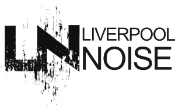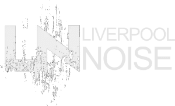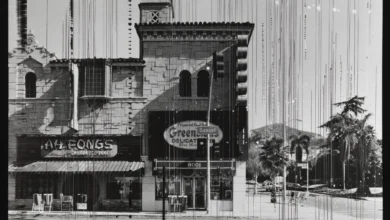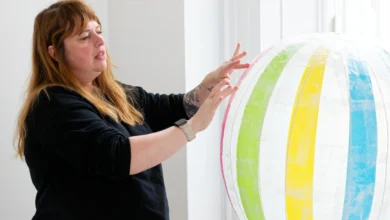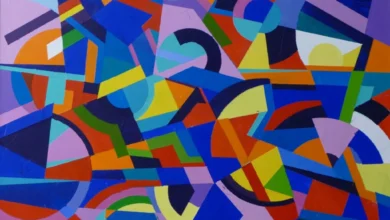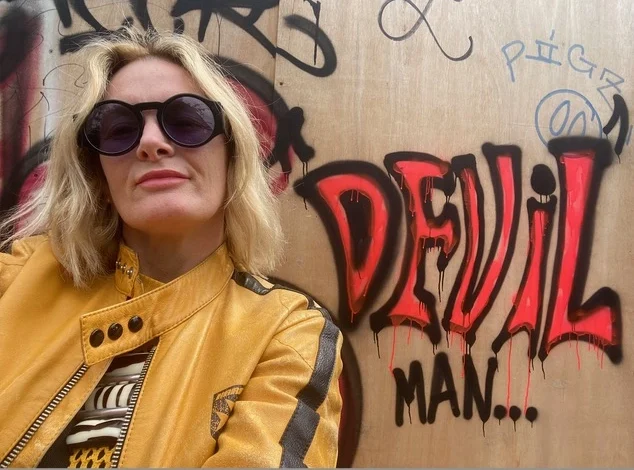
Creative Spotlight: In Conversation – Ruth Dillon
Ruth Dillon is a multi-disciplinary artist working across photography, film, stop motion animation, and 3D installation. Her concept-driven work explores collective and living community memories, often addressing social issues.
Beginning her career in photography and videography, including documenting the first National Aids Day event on Merseyside, she quickly became involved in socially engaged projects. She honed her film and darkroom skills, even contributing to the UK’s first Mobile studio for communities. A short film she directed for the BBC was showcased nationally during the Beijing Olympics.
For over 15 years, Dillon has worked extensively in India with organizations like the UN, addressing Intangible Cultural Heritage and human rights issues, including gender violence and human trafficking. She is an Honorary Associate at the University of Liverpool, International College, and has lectured at several universities, also developing a postgraduate program on visual art therapy.
Currently, Dillon’s creative practice explores non-linear narratives through abstract stop-frame film animations integrated with 3D sculptural works, drawing inspiration from various artistic movements. Her work spans diverse media, unified by a focus on community, memory, and social engagement. Dillon’s strength lies in weaving personal narratives with broader social and historical contexts.
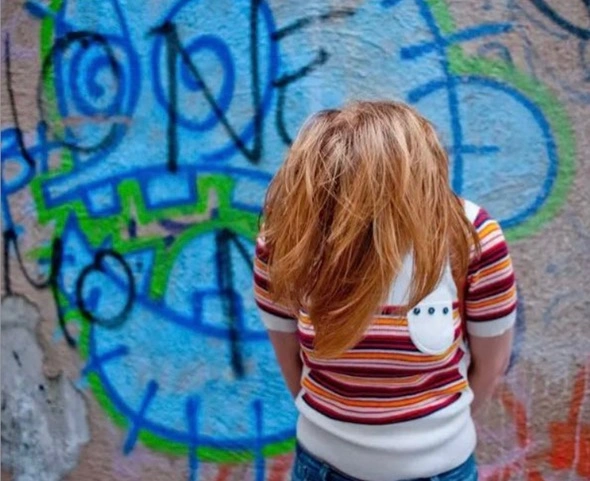
Her process-led approach delves deep into subjects, exploring complexities and nuances, as demonstrated by her work on Aids awareness and human rights issues. Technically versatile, her background in photography and videography provides a strong foundation for her film and animation work. She is known for her keen eye for composition and sensitivity to light and shadow. Her integration of stop-motion animation with 3D sculptural works highlights her willingness to experiment and push boundaries, creating immersive and thought-provoking installations.
As part of the Liverpool Noise monthly creative spotlight, we caught up to Ruth and discussed her career, her art, her plans for the near future, and her views on artist development in these difficult economic times…
LN: Your work often highlights the beauty in the everyday. What draws you to these seemingly mundane subjects, and what do you hope viewers discover by looking at them through your lens?
Ruth Dillon: One can often bypass the ordinary or the mundane, in search of something that impacts the senses in a more pointed way. In one second the mind is presented with approximately 11 million bits of information, and we tend to filter out most of it based on our personal experiences. We subconsciously make choices as to what we really process or ‘see’.
I guess I like to represent the ordinary or mundane as a form of a new encounter, removed from its original context, and in some cases devoid of any context at all. John Berger’s book Ways of Seeing and Walter Benjamin’s The Work of Art in the Age of Mechanical Reproduction, both examine how we encounter the world and how we relate to art. And without going down an unnecessary rabbit hole, the essence of my work seeks to bring a new perspective to the viewer. I want to create a moment of engagement that can reframe an idea, a space or a place.
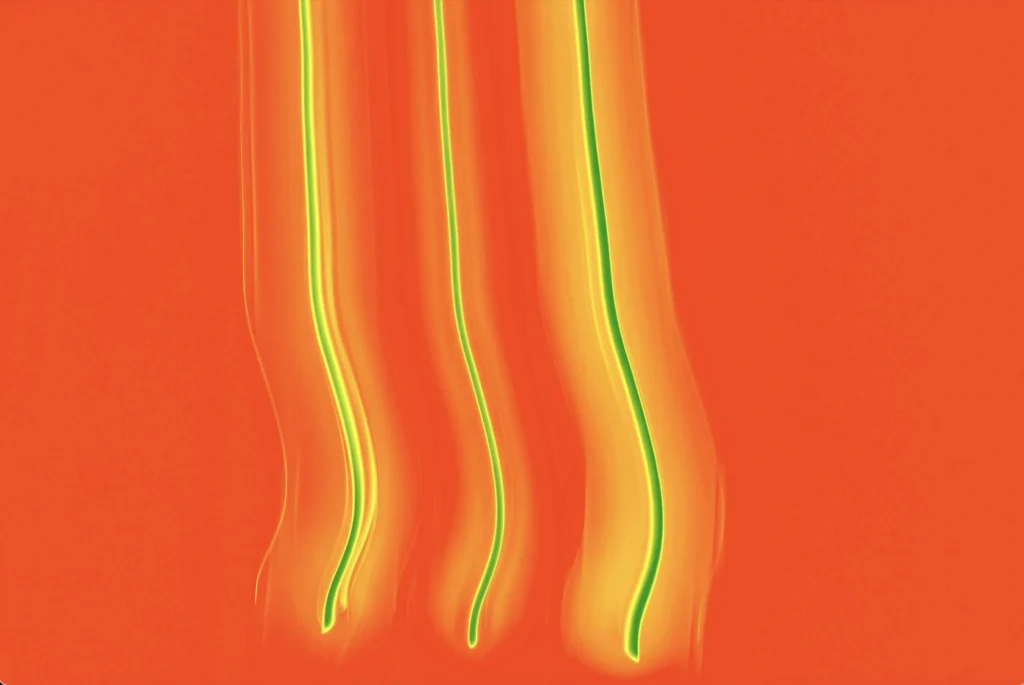
LN: You work across various mediums, including painting, printmaking, and mixed media. How do you choose the medium for a particular subject or idea, and what unique qualities does each medium bring to your work?
RD: That’s a real good question. The inception of works oscillates between emotion and thought. I must make a distinction between commissions and my personal work. For commissions the brief I work to will not be mine. Prior to starting I will explore what medium will best carry the work. Last year I worked with Speke Adventure Playground, and Gavin McLaughlin from Liverpool City Council’s planning department. The council planned consultations with the community for the commissioning of new equipment for several play areas. Therefore, I played with ideas of sustainability, zero waste, and urban design. I then created a series of five workshops, and the kids began to understand how to look at their environment in a critical but practical way. Mapping and zoning spaces helped the kids get an understanding of spatial relations, environmental restraints, and functionality for activities. The children then had to consider how to place things accordingly and had thus completed a mini site analysis in Architectural Terms. But it was playful and had practical outcomes which allowed them to really convey to Gavin what would work for them.
My own personal work is a wholly different process. Two things motivate me here…, emotional states and social justice or social injustice. The emotional is wholly indulgent and reflects my interior world. When I am emotionally overwhelmed, I use colour to navigate the situation. I have explored obsession, grief, paranoia, anger, frustration, illness and desire in my more personal works. I don’t create this for an audience, and it is often veiled, discreet and in many ways obscured. However, the process creates a life of its own, and subsequently a different body of work emerges. An alchemy of sorts. So, what starts from my emotional core moves through several stages until it has a tenuous connection to my prior emotional state. It could be seen as a form of purging. I think language can be so restrictive. Dance or movement and Art, can be wonderful for shifting energies and expressing things when I simply don’t have the words necessary to address my emotional dysregulation.
The second motivation for my work is social justice or injustice. My undergraduate studies merged Ethical and Political Philosophy with Fine Art. Thus, Continental Philosophy underpins a lot of my work. Let us use the example of The Game, which I first explored at TATE, then at Liverpool Town Hall. I used the simple format of a board game to explore ethics. Within The Game you could choose to be a criminal, a policeman, a politician or a migrant. The board itself was a physical space which you moved around with three companions who may have chosen a different character. Questions would be posed, and obviously based on your character the answers would differ. It seems like a fun activity, as you move round the space with friends. However, then the questions blind side you and create moral dilemmas for the participants. In playing the game participants begin to grapple with moral relativism, universal truths and objective analysis, in simple terms ethics. However, the subjective, the I, and its lived experience rules, The Game allows for philosophical conversation in plain language, the big questions of life are accessible. The Game was inspired by political activist and theatre director Augustus Boal. Boal created ‘Theatre of The Oppressed’, a theatrical technique that ultimately encouraged critical reflection on social and political issues allowing social justice to be explored from the lens of another. The Game’s intent was to explore beliefs, express ideas and create an authentic space for dialogue, reflection and potentially action.
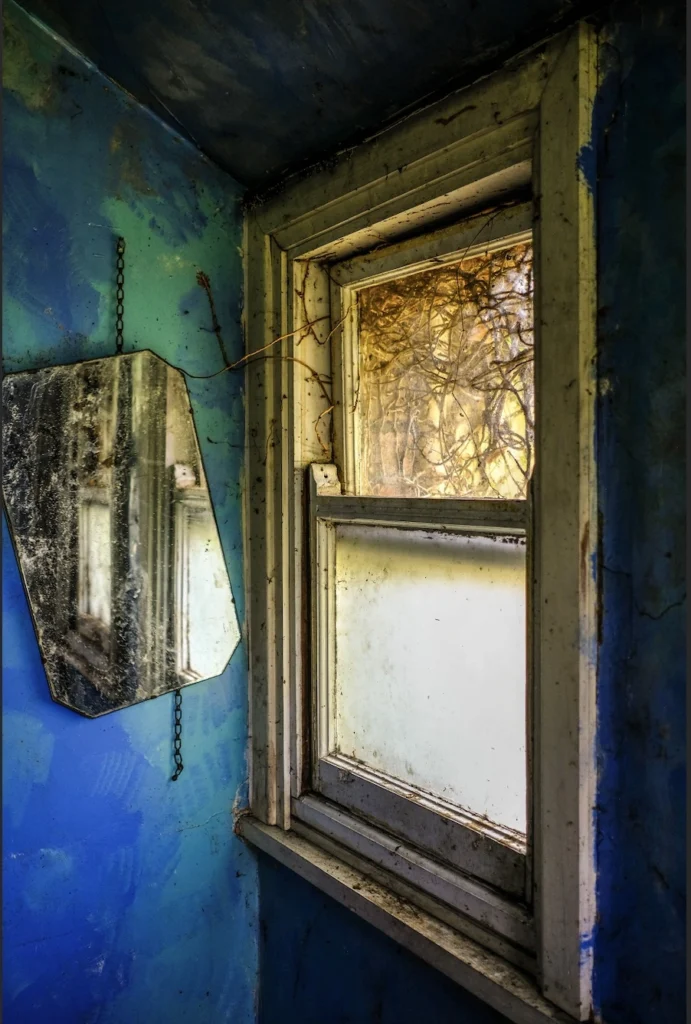
LN: Your use of colour and light is often very evocative, creating a particular mood or atmosphere in your work. Can you talk about how you use these elements to convey emotion and meaning?
RD: Great question, and something I have not really thought about. Here again I must make a distinction, as I have worked with Photography and 3D Installation and at times Stop Motion. When I moved into exploring 3D Installation, the works were Minimal and Geometric. I had become obsessed with Euclidean Principles of Geometry, lines, points, and axioms. I was inspired here by Cildo Meirless and Mona Hatoum. As a beginner, it was just important for me to begin to understand the language of the materials, how to articulate metal or steel with simple forms. These works tended to be Monochrome, Minimal and austere in many respects.
In contrast when I work with the Photographic process, the work may not be an external philosophical or ethical enquiry, it may wholly be about historic process. I like to play with colour as a pure form. Colour can be used as a technique to provoke emotions and trigger memories. I like the fact Pure Colour Fields have an honesty and integrity. I love Abstractions, and I guess the old TV shows with the cigar smoking Clement Greenberg, had an impact. I have a good friend who collects a bit of Art now, and whilst we have different tastes, we have talked about Clement Greenberg, and his New York drawl, that unknowingly would come to influence some of my own, and their subsequent choices or taste in Art.
LN: What challenges do you face as an artist working in Merseyside today, and what opportunities do you see for the arts community in the region?
RD: Well, I have had to cultivate a practice whereby I can take a socially engaged commission, possibly teaching, photography, or project management, to subsidise my own work. Most Artists, they struggle to get on the property ladder, as they are not salaried, and incomes depend on commissions. And so many people want younger Artists to work for free or want endless meetings to discuss works and often people don’t see that your time is a valued resource, and don’t pay you for your time. So that may be seen as one challenge.
Then on another level, we talk about gatekeepers and ivory towers. In 2008’s Capital of Culture, The European Cultural Parliament convened here. I was invited to take part. We explored several things, institutions, funding bodies, Intercultural Dialogue, cultural actors, partners and democracy within the Arts. It was highlighted the same people sit on multiple boards and that they ultimately decide who to commission. No equity and little democracy are at play here. This can breed an incestuous culture that is loaded with negative bias.
Dave O’ Brien, is a Professor at Edinburgh University, and his paper PANIC, Barbican (2018), discusses eloquently the issue of unpaid labour, exploitation and barriers that working class artists will inevitably face. It helps if you have a support network who values what you do and may offer financial and emotional support. The barriers are real and pervasive.
Happily, there are exceptions. Some institutions in Liverpool are definitely more switched on. I have found Metal Culture, FACT and Tate Liverpool to be the most innovative to work with, when it comes to working with talent from across the board. Jen Porter at METAL. Shaun Curtis and Alison Jones at Tate Liverpool. Nicola Triscott at FACT. These people are a new breed of Cultural Innovators, expanding beyond the existing networks. They are transcending into music, games, and more intuitive organic movements, beyond the traditional confines of Fine Arts.
In terms of opportunities, we have Liverpool Biennial and Independents Biennial. Unpacking this, do we actually have two Biennials? Well, we don’t, we have only one. But the official Liverpool Biennial, which has been built on the back of the Liverpool Arts Scene does not commission Liverpool Artists. It commissions approximately 85% International Artists. Wonderful you may think, but could we connect these practitioners with local Artists too? However, it must be said we are fortunate today as we have the Independents Biennial with Patrick Kirk Smith. Patrick has been working for years to create an independent strand that represents the Artists who live and work here. This is the first-year funded commissions are available for the Independents Biennial, and I have seen Patrick pitching to Artists where you are likely to find them, at Studio events, Artists meet ups. It is a positive move, but the reality is, we don’t invest in our talent. We don’t provide showcases for them. We don’t encourage young Artists or help them financially. It is a hard game for most, and I would say of maybe 10 Artists I have exhibited with say 10, 15 years ago, there are few who can still sustain a practice. There should be a hub for Artists, co financed by the city council.
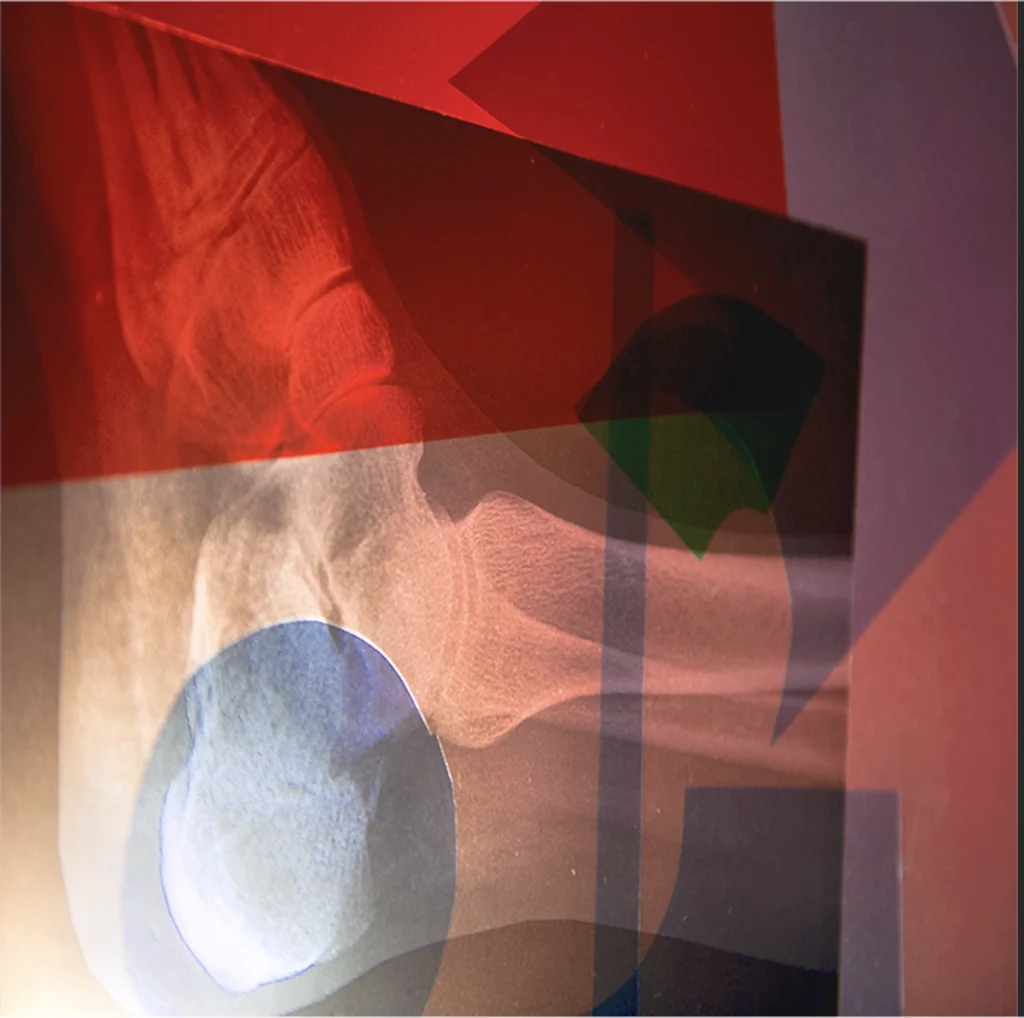
LN: Who are some of the artists or movements that have most influenced your work, and why What are you currently working on, and what future projects are you excited about exploring?
RD: Minimalism, Installation Art and Performative Practice of the 1970’s probably has a big influence on me. Minimalism for its Conceptual and Philosophical foundations. As I stated earlier Cildo Meireles and Mona Hatoum’s work resonates with me, as does the work of Ai Weiwei. The Venice Biennial always brings joy. The past few years, Sir John Akomfrah’s work and Tacita Dean’ works have been real inspiring, alongside Simone Leigh in 2022. Ann Hamilton’s practice is really sublime. It transcends words. Hamilton works on huge Multi Media Installations and a thread throughout her work is the representation of the collective voice of working communities. Works I prefer do tend to be experiential and immersive. Zinzi Minnot’s work currently at The Walker is a giant sound system, encased in red and transparent Perspex. Throned and elevated it projects sound with bass that vibrates and pulses through the body. Zinzi’s work is arresting and inviting at the same time. It enthrals and stands as witness. I like Zinzi as a person and as an Artist, she is heavily influenced by my dear friend Sandi Hughes, a filmmaker whose archive of the Liverpool Scene from the 1970’s to the 2000’s was bought by the British Film Institute a few years back. For both artists music is key to culture and identity and can encompass the intersectionality of practice. Blending the politico of life and transcendence.
Future projects for this year include an animation project with Walton Kids Studio, based at The Walton Youth and Community Project on City Road, and a short film with Edge Hill’s Institute for Creative Enterprise. With Walton Kids Studio we will work with stop motion and collaborate to brainstorm, storyboard, design and animate a short story. The kids will lead on the project, and play with ideas, be introduced to a simple design process, then work with pre and postproduction on their own animated short. The Institute for Creative Enterprise has invited a group of practitioners to make a short film and have provided masterclasses with Film Makers, including Carl Hunter and Professor Martin McQuillan. I do like the idea of an experimental one minute short, oh and the Independents Biennial is also on the horizon, so whilst I am not 100% sure what direction ideas may take, I do have a strong Photographic Archive to explore so options abound.
Each year I try to work on two projects that includes a personal project and a socially engaged project. As discussed earlier, Arts accessibility is an issue so I do try to ensure that I contribute to letting kids within the community know, Art can be an option, and it can be a space to express yourself, explore your thoughts and feelings and just experiment with anything you want too really.
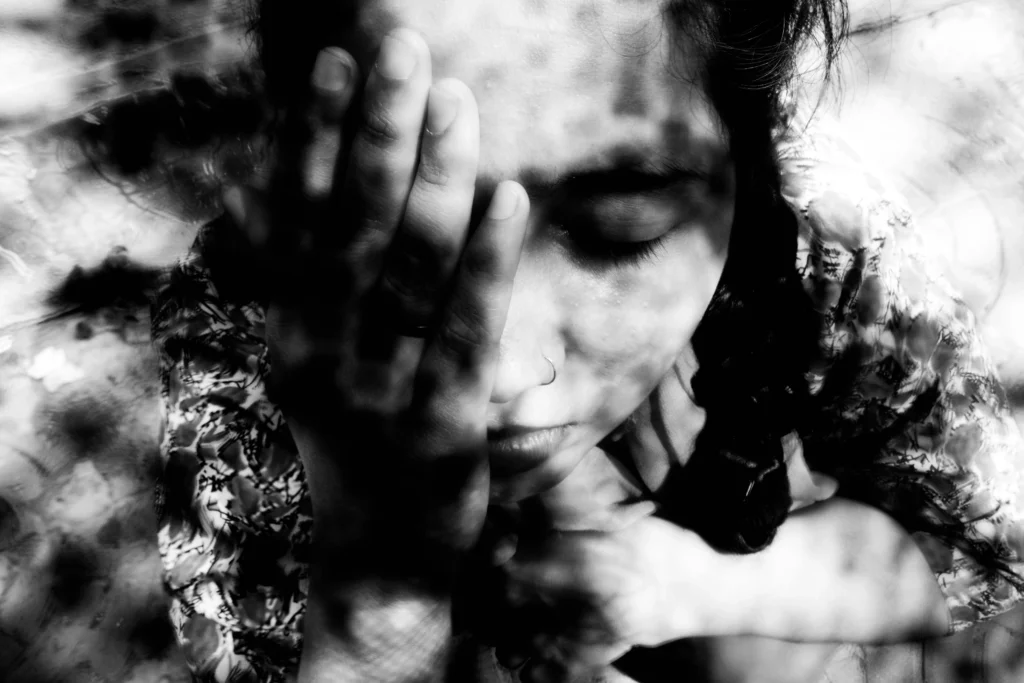
LN: Beyond the technical skill and artistic vision, what do you hope people ultimately take away from experiencing your art? What kind of impact do you hope to make?
RD: As an Artist, I’d hope my work could resonate on an emotional or an intellectual level. If the work inspires reflection, understanding or even on a basic level; a disruption or suspension of reality, then for me it’s working. I don’t think my work needs to change the world; that’s a somewhat reductive viewpoint. However, it does help me make sense of the world and if someone can relate or identify with that, then I feel I am winning. The impacts of course are unknowable, and I do feel it could be patronising to suggest my work could be universally impactful. The manufacture and display of work can impact its reception, and one can’t overlook the nuanced approach I take, will not reach, or land with some people favourably.
In a metaphysical or classical sense, Art has been measured in relation to truth and beauty. Within the world today, our lives are so multi- faceted, both beauty and truth are often subjective and can be fluid and in a state of evolution. Inevitably, each person brings their own experiences and perspectives, so impacts would be unique to everyone. If I do have any form of impact, I can only hope it is in a positive sense but either way, I feel privileged to have opportunities to get to share things that provoke people’s imaginations. Consequently, encouraging a sense of deeper, more critical thinking and self- reflection.
Find out more about Ruth Dillon via ruthdillonstudio.com and @ruth.dillon on Instagram.
Ruth Dillon was in conversation with Steve Kinrade.
